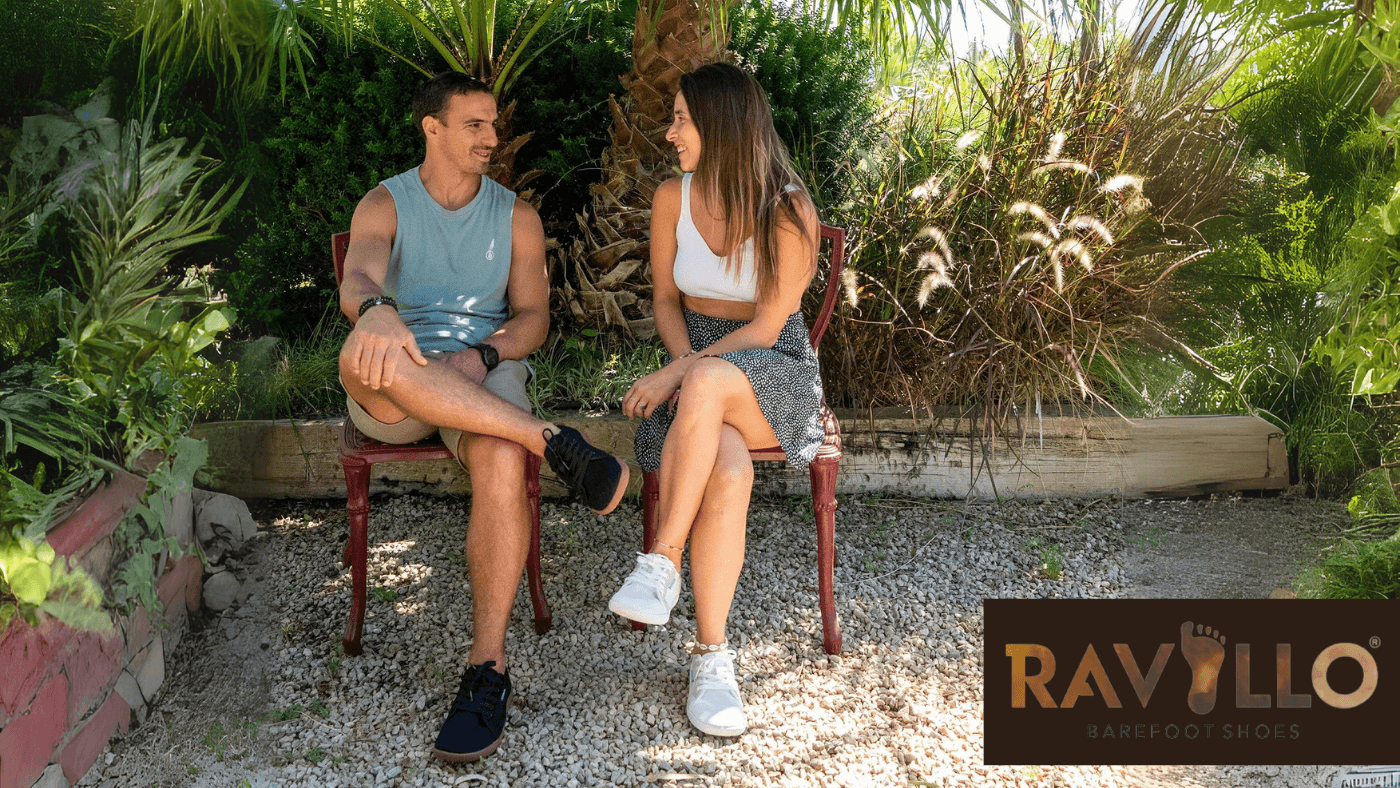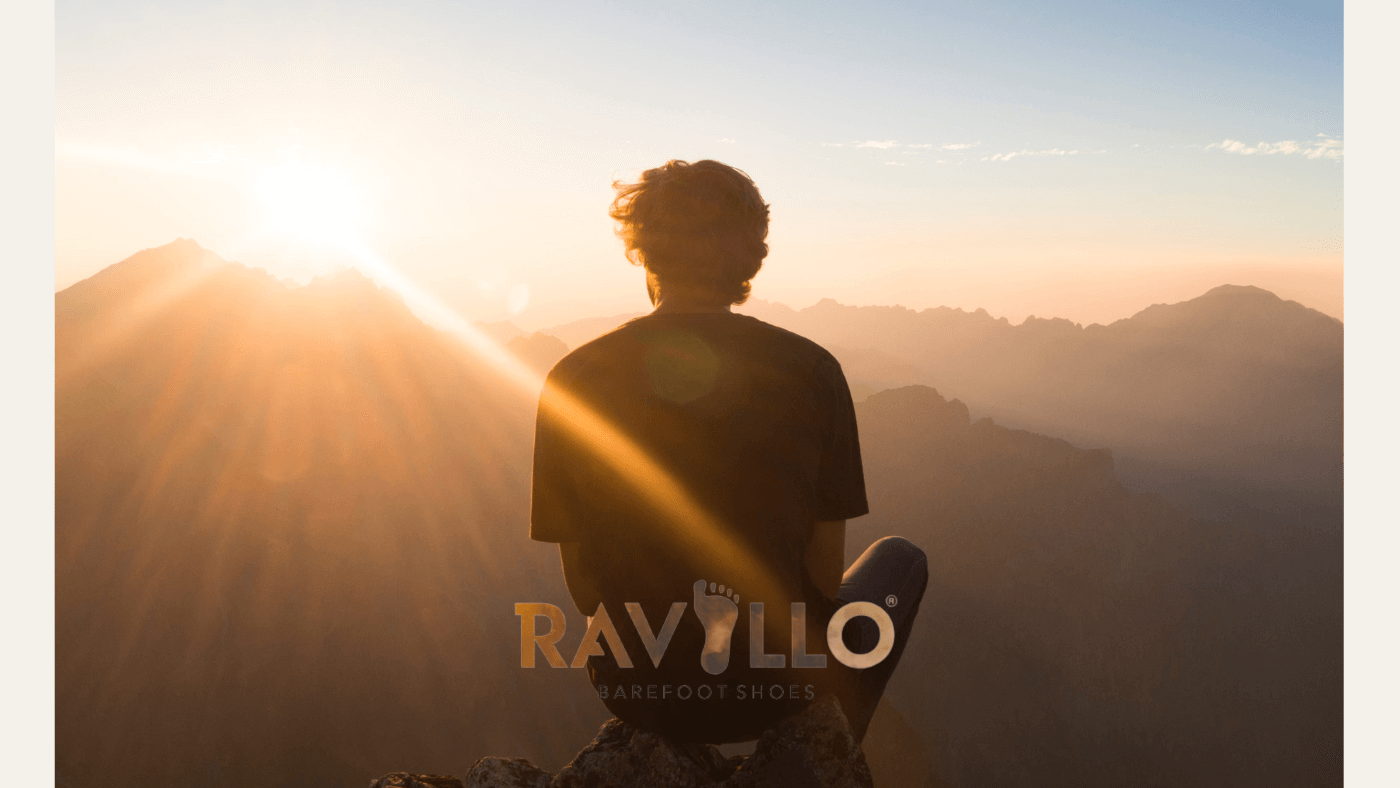Unleashing Your Natural Running Potential: The Ultimate Guide to Barefoot Shoes for Running
In recent years, there's been a growing interest in barefoot running and minimalist footwear. Many runners are exploring the potential benefits of ditching traditional cushioned shoes in favor of barefoot shoes for running. These specialized footwear options aim to simulate the feeling of running barefoot while providing minimal protection from the elements. Let's dive into the world of barefoot shoes for running and explore how they might transform your running experience.
What Are Barefoot Shoes for Running?
Barefoot shoes for running, also known as minimalist running shoes, are designed to mimic the experience of running without shoes while offering some protection. These shoes typically feature:
- A wide toe box to allow natural toe splay
- Zero drop (no difference in height between heel and forefoot)
- Thin, flexible soles for increased ground feel
- Minimal cushioning and support
The Benefits of Barefoot Shoes for Running
1. Improved Proprioception and Balance
One of the primary advantages of barefoot shoes for running is enhanced proprioception – your body's ability to sense its position and movement. When you run in these shoes, you can feel the ground beneath your feet, promoting better form and technique.
2. Strengthened Foot Muscles
By removing the artificial support of traditional running shoes, barefoot shoes for running encourage the small muscles in your feet to work harder. Over time, this can lead to stronger, more resilient feet.
3. Enhanced Running Form
Many runners find that barefoot shoes for running promote a more natural running gait, often leading to a midfoot or forefoot strike instead of a heel strike. This can potentially reduce impact forces on joints and improve overall running efficiency.
4. Increased Cadence
Running in barefoot shoes often results in a higher step rate or cadence, which can lead to reduced ground contact time and potentially lower injury risk.
5. Better Foot Health
The wider toe box of barefoot shoes for running allows toes to spread naturally, which can help prevent issues like bunions and hammertoes.
Transitioning to Barefoot Shoes for Running
While the benefits of barefoot shoes for running are enticing, it's crucial to transition slowly and carefully to avoid injury. Here are some tips for making the switch:
- Start slowly: Begin by wearing your barefoot shoes for short periods during daily activities before incorporating them into your running routine.
- Gradually increase distance: Start with very short runs (even just a few hundred yards) and slowly increase the distance over several weeks or months.
- Focus on form: Pay attention to your running technique, aiming for a midfoot or forefoot strike and a higher cadence.
- Strengthen your feet: Incorporate foot strengthening exercises into your routine to support the transition to barefoot shoes for running.
- Listen to your body: Be aware of any pain or discomfort and adjust your training accordingly.
Common Misconceptions About Barefoot Shoes for Running
As with any trend in the running world, there are several misconceptions about barefoot shoes for running:
Myth 1: Barefoot Shoes for Running Always Cause Injuries
While there are risks if transitioned to too quickly, many runners report reduced injuries with proper form and gradual adaptation to barefoot shoes for running.
Myth 2: You Must Run Completely Barefoot
Barefoot shoes for running can provide similar benefits to barefoot running while offering some protection against debris and rough surfaces.
Myth 3: Barefoot Shoes for Running Are Only for Experienced Runners
Beginners can also benefit from barefoot-style running when introduced gradually and with proper guidance.
Myth 4: Running in Barefoot Shoes is Slower
While there may be an initial adjustment period, many runners find they can maintain or even improve their speed once adapted to barefoot shoes for running.
Choosing the Right Barefoot Shoes for Running
When selecting barefoot shoes for running, consider the following factors:
- Fit: Ensure a wide toe box and snug midfoot and heel.
- Sole thickness: Start with a slightly thicker sole if you're new to barefoot-style running.
- Terrain: Choose barefoot shoes for running appropriate for your running surfaces (road, trail, etc.).
- Material: Look for breathable, durable materials.
- Brand reputation: Research brands known for quality barefoot shoes for running.
The Science Behind Barefoot Shoes for Running
While anecdotal evidence supports the benefits of barefoot shoes for running, scientific research is still ongoing. Some studies have shown potential benefits in terms of running economy and reduced impact forces, while others have found no significant differences between barefoot and shod running.
It's important to note that the effectiveness of barefoot shoes for running may vary depending on individual factors such as foot structure, running experience, and biomechanics.
Who Should Consider Barefoot Shoes for Running?
Barefoot shoes for running may be particularly beneficial for:
- Runners looking to improve their form and efficiency
- Those seeking to strengthen their feet and lower legs
- Individuals with a history of injuries related to overstriding or heel striking
- Runners interested in a more natural running experience
However, it's essential to consult with a healthcare professional or running coach before making significant changes to your running routine, especially if you have a history of foot problems or injuries.
Tips for Success with Barefoot Shoes for Running
- Practice proper form: Focus on landing softly with your foot under your center of mass.
- Incorporate strength training: Build strength in your feet, ankles, and lower legs to support the transition.
- Be patient: Allow your body time to adapt to the new running style and footwear.
- Mix it up: Alternate between barefoot shoes and traditional running shoes during your transition period.
- Run on various surfaces: Experiment with different terrains to improve foot strength and adaptability.
Conclusion: Is Running in Barefoot Shoes Right for You?
Barefoot shoes for running offer a unique approach to running that can potentially improve foot strength, running form, and overall performance. However, it's crucial to transition slowly and listen to your body throughout the process.
Remember that every runner is different, and what works for one person may not work for another. By understanding the benefits, addressing common misconceptions, and following proper transition guidelines, you can safely explore the world of barefoot shoes for running and determine if they're right for you.
Whether you decide to fully embrace barefoot shoes for running or simply incorporate some barefoot-inspired training into your routine, the key is to find an approach that keeps you healthy, comfortable, and enjoying your runs. Happy trails!










